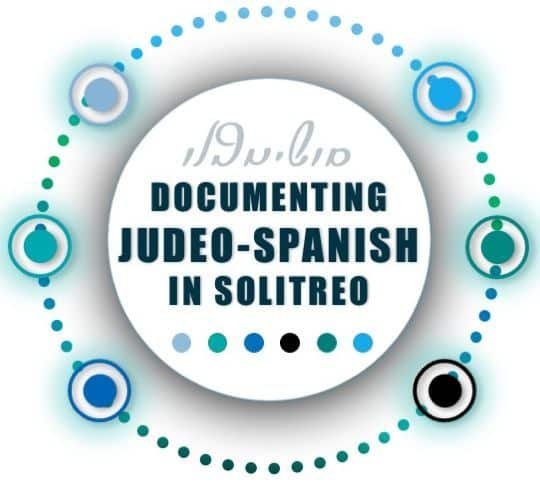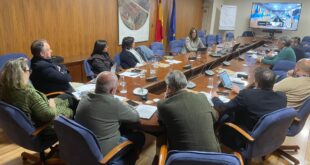Documenting Judeo-Spanish is a digital humanities project that began in 2019 under the leadership of Dr. Bryan Kirschen. Recalling his initial fascination with Solitreo and the limited resources available to learn this script, Dr. Kirschen decided to focus this project on the cursive variety that was once common to speakers of Judeo-Spanish around the world. A nearly-extinct alphabet to an endangered language, this style of writing can be found in documents ranging from journal entries and ledgers to personal correspondence and community minutes. Many of these very documents are sitting in basements and attics today and, to the untrained eye, are mistaken for Hebrew.
This project offers a one-of-a-kind platform for educators, students, scholars, and communities alike. With support from Binghamton University and the Harpur College Faculty Research Grant, start-up funding was provided for web and data infrastructure, securement of materials and copyright, and research training and assistance. Over the duration of 2019, we gathered more than 150 documents in Solitreo, all which have been digitized to the highest of standards. The launch of this website will feature a select number of documents, along with their transcriptions into Roman characters and translations into English. We will continue to upload additional content and hope that you will consider contributing or partnering with us in our effort to Document Judeo-Spanish.
For educators: Use this platform to introduce students to an aljamiado text (i.e. Judeo-Spanish written in a Hebrew-based alphabet).
For students: Review the Solitreo alphabet and begin exploring. We recommend starting with postcards. Try reading words on your own and hover over them with your mouse to check accuracy.
For scholars: Paleography is a skill that requires upkeep. Explore legible and less-legible documents, while considering the contexts in which they were written.
For community: Learn how to identify material in Solitreo and reclaim this style of writing as you write to other speakers of the language.
PRIMARY INVESTIGATOR
Dr. Bryan Kirschen is Assistant Professor of Spanish and Linguistics at Binghamton University, where he specializes in Sociolinguistics and Judeo-Spanish. He has published his work in academic journals and edited volumes, given workshops on speaking and writing in Judeo-Spanish, and organized International Day of Ladino programming in New York City and Los Angeles.
RESEARCH ASSISTANT
Nathan Gross is an undergraduate student at Binghamton University. He is a double major in Linguistics as well as Geography and Urban Planning. Aside from studying numerous languages, Nathan is a native speaker of Yiddish.
We would like to acknowledge Elizabeth Brown, Amy Gay, and Erin Rushton of Binghamton University Libraries, as well as others who have provided archival, clerical, and technical support to this project. We also express our gratitude to Yehuda Hatsvi and Eliezer Papo for their help deciphering transcription and meaning in a number of instances. To all those who contributed documents to this project: mersi muncho.
 eSefarad Noticias del Mundo Sefaradi
eSefarad Noticias del Mundo Sefaradi


